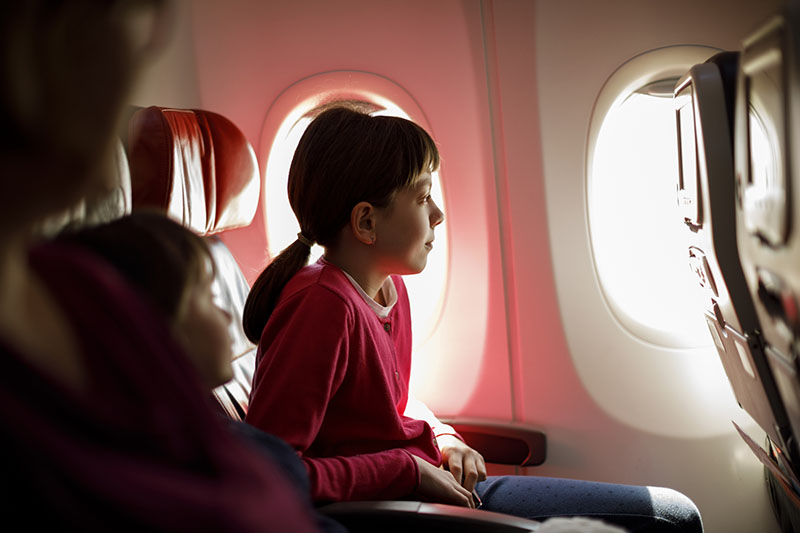Families For Life | Sleep Routines and Travelling with Children

Holidays are a chance for families to get away and enjoy a break from routine. Sometimes this means you need to adjust children’s sleep routines. There are a few things you can do to make changes in sleep routines as easy as possible when you’re travelling with kids.
Sleep routines while travelling with kids
Part of the fun of family travel is the break from routine. However, a break from routine can affect how much sleep children get.
Even if you can’t always keep up your children’s normal sleep routines, there are a few things you can do to make it more likely that children will sleep while you’re travelling.
For babies and toddlers, starting a trip at nap time can work well – but this doesn’t always mean they’ll stay asleep. You can increase the chances of your child staying asleep by making sure she has a clean nappy and has recently had a feed.
For active pre-schoolers and school-age children, starting a trip after your child has had some time to play outside can help your child settle down when you begin the trip. It’s a good idea for your child to go to the toilet before you set off. You might also want to give her a snack before you leave.
Also, if you’ve been travelling all day, letting your child do some physical activity can help her settle down – an hour or so before bedtime is best if you can manage it. Even babies will probably like to lie on a blanket to stretch and kick. Being active too close to bedtime can make it harder for your child to settle down, though.
‘We took my four-week-old baby on his first road trip back to my home town, which is normally an eight-hour trip. It took 10 hours with feed stops. He slept the whole way, so it made the trip pretty good.’
– Parent of a 4-week-old baby
Sleeping in unfamiliar places: Tips
It’s normal for children to be unsettled when they’re sleeping in unfamiliar places while travelling. Here are a few tips that can help:
Follow your normal bedtime routines – for example, brush teeth, read a story, have a cuddle and say good night.
Pack your child’s favourite toy or blanket.
Dress your child in pyjamas that she’s used to.
Keep a low light on so that your child can work out where she is if she wakes in the night.
Make sure your child knows that you’re nearby. Show her where you are sleeping before she goes to bed.
Avoid a heavy meal just before bedtime.
If your child sleeps in a cot at home, check ahead about hiring one at your accommodation. If not, you might have to bring your own travel cot.
Medications that help children sleep – including the antihistamine drugs Vallergan and Phenergan – should be used only under the supervision of your doctor. These medications aren’t recommended for children under 2 years because they’re associated with a risk of sudden unexpected death in infancy (SUDI). They can also cause side effects like crankiness, hyperactivity, challenging behaviour and daytime drowsiness in some children.
Sleep routines and travelling in different time zones
If you’re travelling with kids in the same time zone, you might like to keep to your child’s usual routine of eating and sleeping as much as you can.
However, if you’re travelling in different time zones, your child and you might be affected by jet lag. This is when our internal body clock for sleeping, eating and waking doesn’t match night and day in the time zone we’ve travelled to. Babies and young children usually aren’t as affected by jet lag as adults, but they might be tired and grumpy and not want to sleep at their usual nap times or bedtime.
A good tip is to plan ahead for different time zones. Before you go, try changing meal times, bedtimes and wake times towards new time zones. This will help you and your child adjust more quickly when you get there. Once you’ve arrived, it can help to get outside in daylight and take short daytime naps when you or your child feels sleepy.
© raisingchildren.net.au, translated and adapted with permission
Explore more